In the intricate world of honeybee colonies, decision-making processes rival the most sophisticated human democracies. When a swarm needs to relocate its hive, thousands of worker bees engage in a complex voting mechanism that determines their new home. This remarkable behavior showcases nature’s ingenuity at its finest, blending individual initiative with collective intelligence.
The process begins when scout bees fan out across the landscape in search of suitable nesting sites. These scouts evaluate potential locations based on criteria such as cavity size, entrance height, and protection from predators. Each scout independently assesses a site, and if she deems it worthy, she returns to the swarm to report her findings through the famous "waggle dance." The vigor and duration of this dance communicate the scout’s enthusiasm for the location.
As more scouts return and perform their dances, the swarm becomes a buzzing hub of competing proposals. Bees begin to visit the advertised sites, inspecting them firsthand. If a bee approves of a location, she too will dance in its favor. Over time, weaker proposals lose momentum as scouts abandon their dances, while stronger candidates gain increasing support. This self-reinforcing feedback loop ensures that only the best options remain under consideration.
The voting reaches its climax when a critical mass of bees—typically about 80% of the scouts—converge on a single site. This quorum triggers the swarm’s final decision. The entire colony then takes flight in a spectacular aerial procession to their new home. The precision of this transition, from debate to consensus to action, occurs without any centralized leadership, relying instead on simple rules followed by individual bees.
Scientists have marveled at how this decentralized system consistently yields optimal choices. Research shows that bee swarms select the best available site about 90% of the time, even when faced with multiple good options. The key lies in the interplay between individual bees’ independent judgments and their ability to influence one another. Unlike human voting systems where majority rule can sometimes override minority concerns, the bee method allows all options to be thoroughly vetted before a winner emerges.
This natural voting mechanism offers surprising insights for human systems. The bees’ approach avoids the paralysis of analysis that often plagues large committees, while still preventing hasty decisions. Their method combines the benefits of independent assessment (reducing groupthink) with information sharing (pooling collective knowledge). Moreover, the system automatically scales to the urgency of the decision—when conditions are dire, the process accelerates as bees more readily abandon weaker options.
Recent studies using robotic bees have begun decoding exactly how consensus forms. By introducing artificial dancers promoting particular sites, researchers can manipulate the swarm’s decision. These experiments confirm that the decision depends not just on the number of dancers for a site, but also on their persistence. A small group of highly committed scouts can sometimes outweigh a larger but less enthusiastic faction—a phenomenon familiar in human political systems.
The implications extend beyond entomology. Computer scientists have adapted the bees’ algorithm for solving complex optimization problems, from scheduling flights to routing internet traffic. Urban planners look to bee behavior when designing participatory decision-making processes for communities. Even stock market analysts find parallels in how information propagates through the bee swarm and financial markets.
Yet the system isn’t perfect. Occasionally, swarms deadlock between two equally good sites, splitting the colony—a rare but catastrophic outcome. More commonly, poor decisions result when scouts encounter artificial environments that disrupt their evaluation criteria. These failures reveal the system’s boundaries and the environmental conditions under which it evolved to succeed.
As we face increasingly complex collective decisions in human societies, the humble honeybee offers timeless lessons. Their democracy, refined over 30 million years of evolution, demonstrates how simple interactions can produce sophisticated group intelligence. In an era of polarized politics and information overload, we might do well to consider how nature’s original voters reach consensus without campaigns, without leaders, and most remarkably—without disagreement.

By /Jul 3, 2025
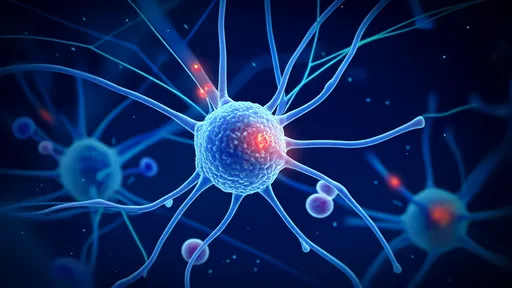
By /Jul 3, 2025
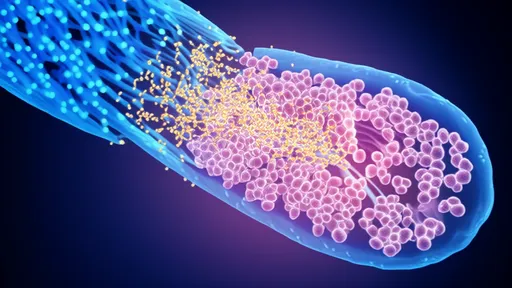
By /Jul 3, 2025
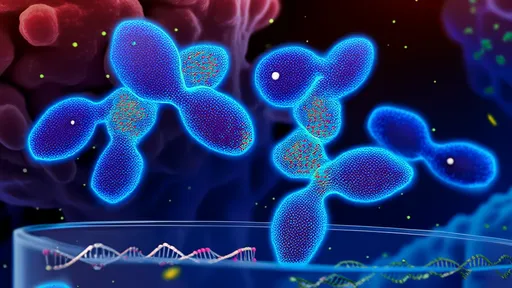
By /Jul 3, 2025

By /Jul 3, 2025
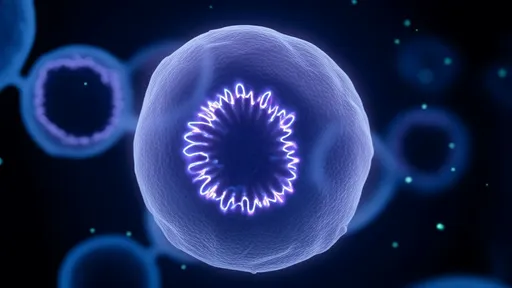
By /Jul 3, 2025
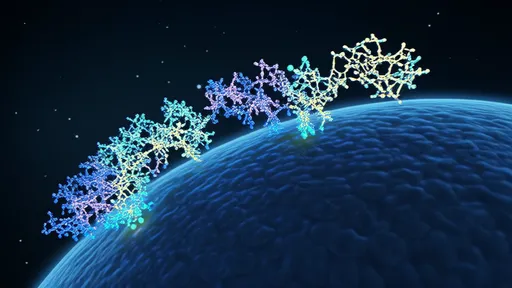
By /Jul 3, 2025
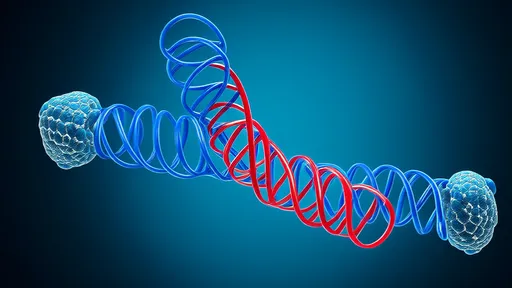
By /Jul 3, 2025

By /Jul 3, 2025
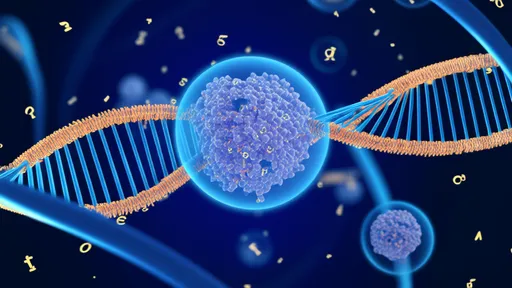
By /Jul 3, 2025

By /Jul 3, 2025
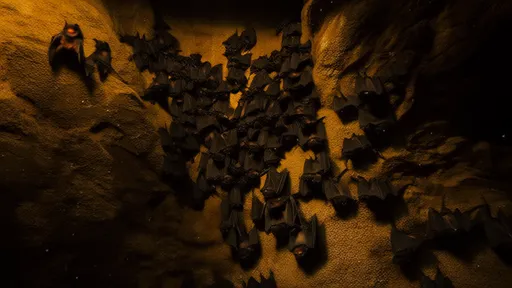
By /Jul 3, 2025

By /Jul 3, 2025
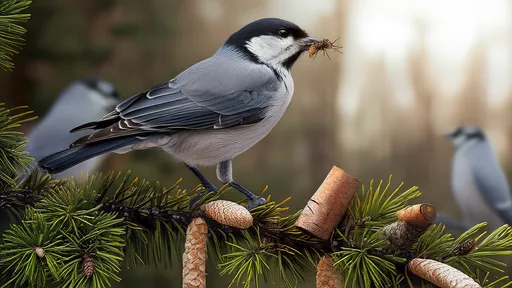
By /Jul 3, 2025
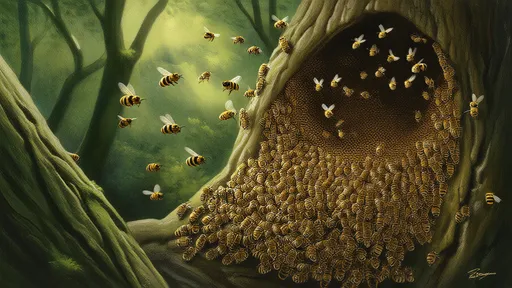
By /Jul 3, 2025
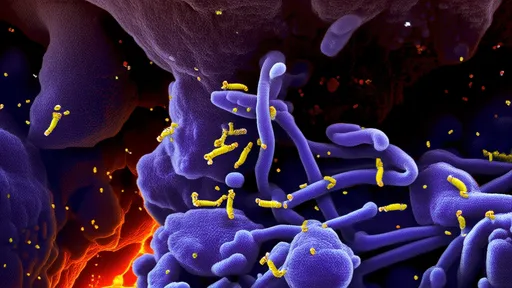
By /Jul 3, 2025
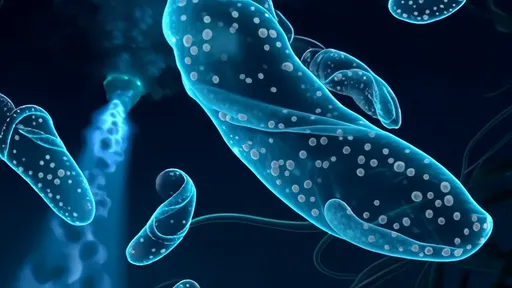
By /Jul 3, 2025

By /Jul 3, 2025